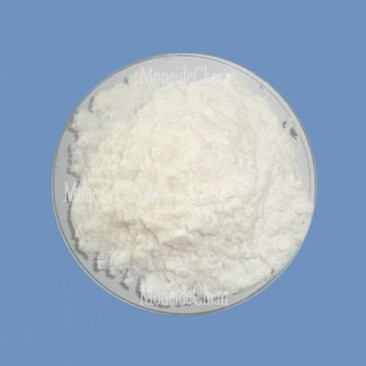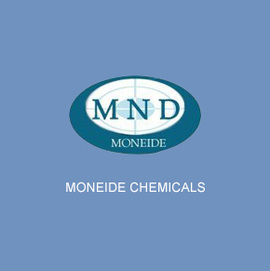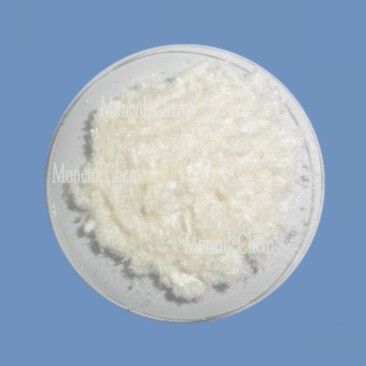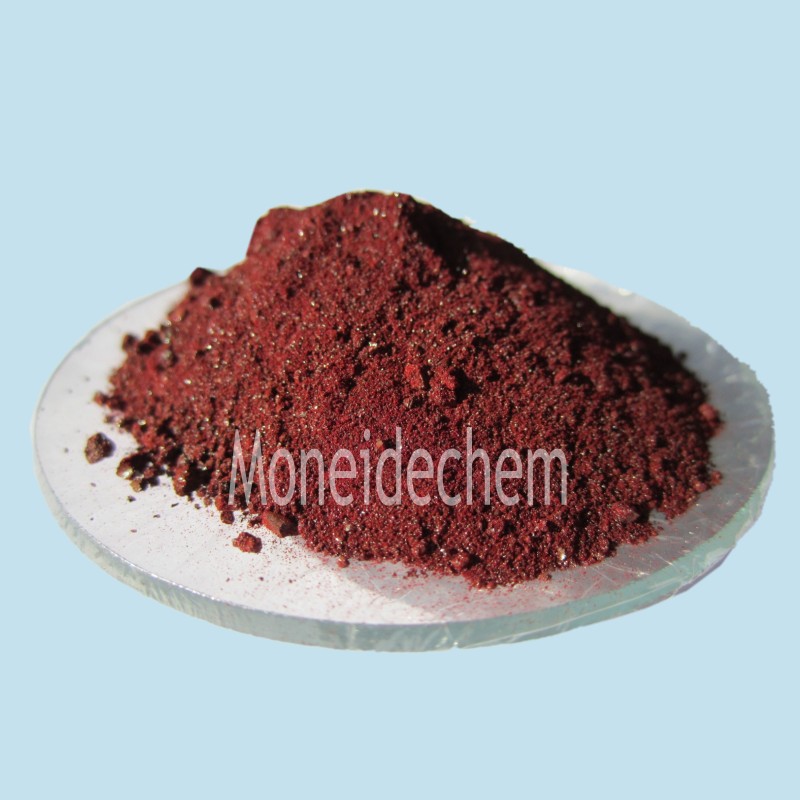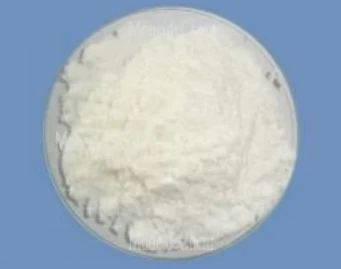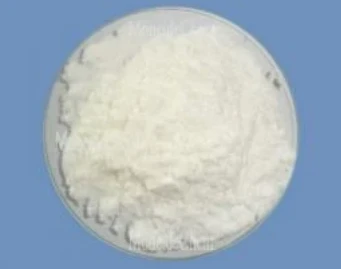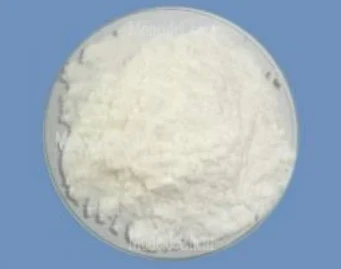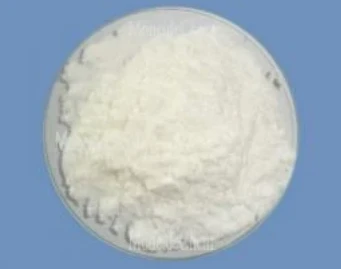Welcome to Tangshan Moneide Trading Co., Ltd.
Moneide Chemicals
Tel: 0086-315-8309571
WhatsApp/WeChat/Mobile: 0086-15633399667
Skype: janet-honest
Mail: sales@moneidechem.com
Address: 2-7-523 Jidong Building Materials Commercial Center, Tangshan, Hebei 064000 China
Is Sodium Acid Pyrophosphate Safe? Food Applications & Benefits Explained
- Time of issue:កក្កដា . 06, 2025 05:45
(Summary description)Tangshan Moneide Trading Co., Ltd. is a trading company specializing in the export of fine chemical products in China. Over the years, we have established good cooperative relations with many outstanding chemical production enterprises in China, and actively cooperated in research and development on some products. Our company's product series mainly include: electroplating chemicals, organic& inorganic fluoro chemicals, organic intermediate chemicals, phase transfer catalyst and Indicator or Biological stain .
- Categories:Company dynamic
- Author:
- Origin:
- Time of issue:2019-12-30 10:55
- Views:
(sodium acid pyrophosphate safe)
Sodium acid pyrophosphate (SAPP) has established itself as a key food additive, broadly utilized as a leavening agent, sequestrant, and buffering agent. Over the past decade, regulatory scrutiny has sharpened its safety profile. According to FAO/WHO Codex Alimentarius, the Acceptable Daily Intake (ADI) for phosphates including SAPP is set at up to 70 mg/kg body weight.
Sodium acid pyrophosphate is recognized for its functionality in dough conditioning, shelf-life extension, and color stabilization. It enables precise control over CO₂ release, directly impacting baked goods’ texture and volume.
Ensuring food additive safety is paramount. Here is a comparison between sodium acid pyrophosphate and sodium diacetate regarding function, regulatory status, and safety margin:
Both compounds are classified as Generally Recognized as Safe (GRAS), with routine monitoring. Compared to sodium diacetate, SAPP’s higher permissible intake underscores its established metabolic safety.
The global market for sodium acid pyrophosphate is led by a mix of large-scale and specialized suppliers. Prominent producers include ICL Performance Products, Innophos, Haifa Group, and Tianrun Chemical. Each vendor differentiates through proprietary process technology for purity, environmental compliance, and efficiency.
Moving beyond one-size-fits-all, modern food processing exploits the unique chemistry of sodium acid pyrophosphate for tailored solutions.
Case Study 1: Commercial Bread
The cumulative body of scientific, technical, and field evidence substantiates that sodium acid pyrophosphate, within regulated concentrations, is safe for consumption and effective across food applications. Continuous improvement in manufacturing technology and ongoing toxicological assessments ensure the additive meets evolving food safety standards. (sodium acid pyrophosphate safe)
ty status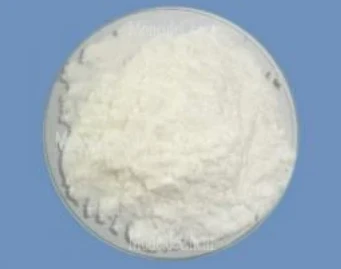
Understanding Sodium Acid Pyrophosphate Safety
Scientific panels such as the European Food Safety Authority (EFSA) have cited comprehensive toxicological studies noting no adverse effects at standard usage levels. Consumer advocacy has driven continued analysis into the compound’s systemic safety, especially as phosphates form a significant part of daily diets through processed foods. Recent surveys indicate that SAPP is present in approximately 35% of baked goods and frozen products marketed in North America.
This overview delves deep into the science behind sodium acid pyrophosphate, addresses common safety concerns, contrasts it with other popular additives like sodium diacetate, and presents practical insights from industry adoption.
Technical Features and Advantages of Sodium Acid Pyrophosphate in Food
One of SAPP’s major benefits is its controlled reaction rate. It provides delayed leavening, especially valuable for convenience and refrigerated foods. Analytical studies have quantified SAPP’s leavening efficacy, demonstrating a predictable release of carbon dioxide at a rate of ~70% during mixing and 30% during baking.
Furthermore, as a sequestrant, SAPP binds with metal ions, delaying oxidative processes and thus prolonging food stability. This multifaceted role is reflected in its adoption across the industry: Global SAPP demand reached 120,000 metric tons in 2022, with usage growing by 4.8% annually.
From the standpoint of food safety, SAPP decomposes into sodium and phosphate ions, both extensively researched for metabolic safety at regulated levels.
Comparative Analysis: Sodium Acid Pyrophosphate vs Sodium Diacetate Safety
Attribute
Sodium Acid Pyrophosphate
Sodium Diacetate
Chemical Formula
Na₂H₂P₂O₇
C₄H₇NaO₄
Primary Use
Leavening agent, sequestrant
Preservative, acidulant
Typical Inclusion Rate
0.2%–0.5%
0.05%–0.15%
Regulatory Status (USA/EU)
GRAS / E450 (approved)
GRAS / E262 (approved)
Acceptable Daily Intake
Up to 70 mg/kg bw
Up to 15 mg/kg bw (acetic acid equivalent)
Safety Margin
Wide, with regular reassessment
Wide, minimal systemic toxicity
Known Adverse Effects
Rare at regulated levels
Rare at regulated levels
Regular toxicological evaluations and post-market surveillance have so far detected no consistent or significant risks, provided formulations comply with good manufacturing practice.
Vendor Landscape: Manufacturers and Technological Advantages
For instance, Innophos’s advanced filtration platform reportedly reduces heavy metal residues by up to 35% below industry benchmarks. Haifa Group emphasizes renewable-energy integration, lowering their process carbon footprint by 18% annually.
Manufacturers also support custom particle sizing and reactivity control, accommodating specific bakery or meat-processing needs. Quality assurance programs feature multi-tier testing for contaminants, ensuring alignment with USP (United States Pharmacopeia) and FCC (Food Chemicals Codex) specifications.
This competitive landscape pushes continuous innovation, maintaining market growth while upholding strict food safety requirements globally.
Custom Solutions: Leveraging SAPP for Diverse Food Applications
In frozen dough applications, SAPP enables controlled gas release, critical for freeze-thaw stability and dough slack. Snack manufacturers use SAPP as a color control agent, preventing unwanted browning in par-cooked potato products at levels below 0.3% weight/weight.
Custom blending programs allow for synergistic combinations with monocalcium phosphate or sodium bicarbonate, matching desired shelf life and textural outcomes. Advanced labs now offer predictive modeling for SAPP inclusion, considering dough pH, moisture, and bake time.
These engineered approaches maximize product quality, extend distribution range, and ensure regulatory-compliant sodium and phosphate levels in the finished food.
Application Case Studies: Real-World Benefits of Sodium Acid Pyrophosphate
A major North American bakery chain adopted SAPP in tandem with slow-acting leaveners, reducing irregular crumb structure rates by 24%. Sensory testing over three months showed maintained elasticity and moisture, outperforming traditional systems.
Case Study 2: Par-Fried Potato Products
In a multinational processed potato operation, SAPP addition at 0.25% suppressed undesirable darkening after blanching, resulting in a consistent surface color score improvement by 30% compared to untreated controls.
Case Study 3: Plant-Based Meat Analogs
An innovator in the plant-protein sector utilized SAPP’s buffering capacity, resulting in a 17% shelf-life extension and improved protein hydrolysis control, validated by accelerated shelf testing at 25°C.
These results have encouraged further development of targeted SAPP solutions for gluten-free, low-sodium, and clean-label processed foods, balancing performance, safety, and consumer trends.
Conclusion: The Safety and Future of Sodium Acid Pyrophosphate in Food
As market demand rises for both convenience and health-conscious foods, SAPP continues to play a vital role in formulation strategies—balancing functional performance and the imperative for product safety.
The future prospects hinge on transparency, data-driven customization, and proactive compliance, all reinforcing that sodium acid pyrophosphate remains a trusted and safe component in global food systems.
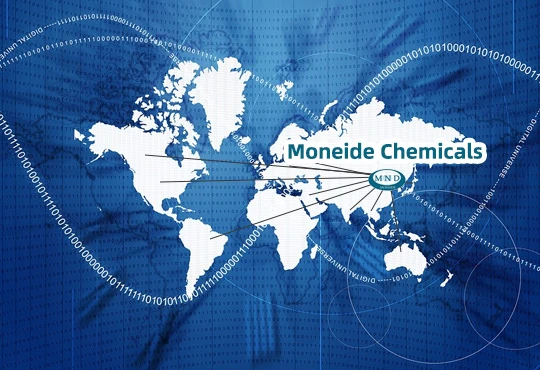
FAQS on sodium acid pyrophosphate safe
Q: Is sodium acid pyrophosphate safe to consume?
A: Yes, sodium acid pyrophosphate is generally recognized as safe (GRAS) by the FDA when used in food. It is widely used as a leavening agent in baked goods.
Q: Is sodium diacetate safe for human consumption?
A: Sodium diacetate is considered safe for use in food by food safety authorities. It is commonly used as a preservative and flavoring agent.
Q: What is the safety of sodium acid pyrophosphate in food?
A: Sodium acid pyrophosphate is approved for use in foods and is safe in regulated amounts. Excessive intake, however, should be avoided.
Q: Are there any health risks associated with sodium acid pyrophosphate?
A: When consumed within standard limits, sodium acid pyrophosphate does not pose health risks for most people. Individuals with sensitivities should consult a doctor.
Q: Can sodium acid pyrophosphate be used in food products safely?
A: Yes, sodium acid pyrophosphate is commonly added to food products like baked goods and processed meats, and is safe when used according to regulations.









